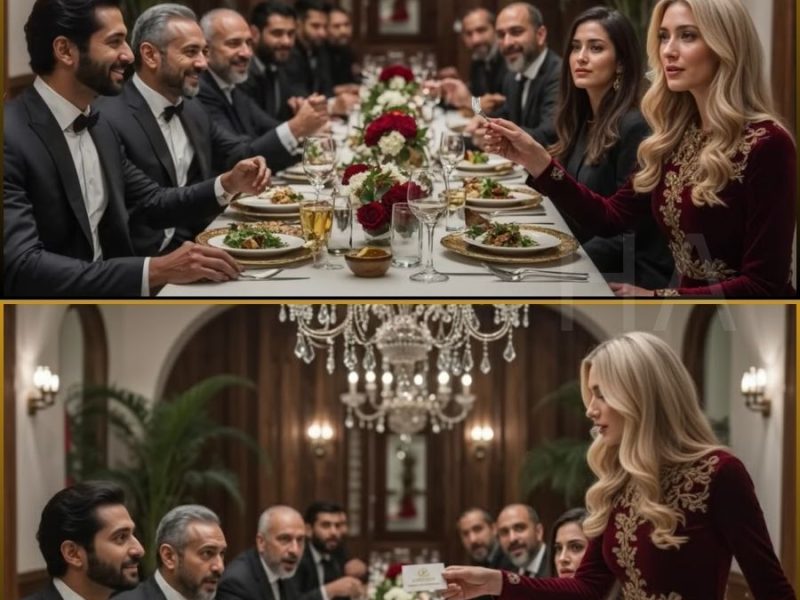A man whose emotional reaction was caught on camera during a public tragedy has stepped forward to share his side of the story — and to set the record straight after a flood of online judgment.
The incident, which unfolded at a Utah Valley University event attended by political commentator Charlie Kirk, quickly went viral online. But while the nation was still processing what had happened, a short video clip of one man in the crowd sparked a separate kind of chaos — and controversy.
The Moment That Captured the Internet’s Attention
In the video, which has now been viewed millions of times across social media platforms, a bearded man in a baseball cap and T-shirt can be seen raising his arms and shouting. Many interpreted his body language as celebratory, and assumed he was reacting positively to the crisis.
The internet didn’t wait for context.
Within hours, screenshots and reposts labeled him “heartless,” “disgusting,” and “cheering at a tragedy.” For some viewers, the image became symbolic of everything they felt was wrong with the state of public discourse in America.
But now, that same man — who identifies himself only as David — is breaking his silence.
“I Was Trying to Help, Not Celebrate”
In a two-minute video posted to X (formerly Twitter), David explained what he remembers from that day — and how everything he did was misunderstood.
“When I heard the noise, I honestly thought it was a prank or fireworks at first,” he said. “But when security didn’t respond immediately, that’s when I realized something was wrong.”
David said that in the confusion, people began to panic. Unsure of how to help, and fearing a rush or stampede, he decided to act.
“I stood up and yelled ‘USA! USA!’ — not to provoke, not to celebrate, but to redirect attention. I thought it might calm people down or at least give them something to focus on instead of panicking.”
His voice trembled slightly as he added, “I was just trying to protect the people around me. That was all.”
A Nation Watching, a Man Misunderstood
David insists he didn’t know much about Charlie Kirk prior to that day.
“I’ve never followed his work,” he admitted. “But no matter what you believe, I would never cheer over someone being hurt. That’s not who I am. That’s not who I ever want to be.”
Still, the internet had already decided.
Clips of David flooded social media platforms, labeled with captions that painted him as a symbol of cruelty and insensitivity. In some versions, his image was used in political arguments. In others, it was simply ridiculed.
Mixed Messages and a Complicated Reaction
David’s own response hasn’t made things any simpler. In one follow-up video, he made a few cryptic remarks that left viewers divided.
“My soldiers, including Charlie, are dying so you can keep mocking each other,” he said, without offering much clarification. He also described himself as “the happiest person you’ll ever meet,” leaving some unsure of whether he was being sincere, sarcastic, or something else entirely.
Critics called the video confusing. Supporters said it reflected a man trying to process a traumatic moment in a way he knew how. Either way, it fueled the firestorm of speculation.
A Bigger Story Than One Moment
Meanwhile, the country continues to process the event at Utah Valley University. Charlie Kirk, 31, a well-known conservative voice, was attending a debate when the incident occurred. Politicians from all sides expressed shock and sadness, and the situation is still being investigated.
But beyond the headlines and the politics, David’s story stands as a powerful reminder of something much larger — something more human.
It shows just how quickly a moment, caught on camera and removed from context, can become a viral symbol for something it was never meant to represent.
When Social Media Gets It Wrong
For older Americans — many of whom remember a time before smartphones, social networks, and viral videos — stories like David’s are especially troubling.
In today’s world, your image can be captured, judged, shared, and condemned in minutes — even if you were trying to help.
“I didn’t ask to be the face of anything,” David said in his final remarks. “I didn’t want attention. I just reacted in the moment the best way I knew how.”
His experience is not unique. More and more people are finding themselves at the center of public controversy after being caught in viral videos or posts. Sometimes their words are misunderstood. Other times, their intentions are misread.
In David’s case, he says the worst part was not being able to explain himself before the world jumped to conclusions.
What We Can Learn From This
There’s an important lesson in David’s story — one that speaks to both the power and the danger of digital media.
It reminds us that not everything we see online is what it seems. A single photo or short video can never tell the full story. It can’t show intent. It can’t explain fear. It can’t reveal the heart behind a decision made in a split second.
For those of us who didn’t grow up in the digital age, this can feel overwhelming. But it also gives us an opportunity — to slow down, to think more deeply, and to extend a little more grace.
Judging Less, Listening More
David may never fully escape the assumptions people made about him. His image has already traveled farther than his voice ever could.
But by speaking out, he’s done something brave. He’s offered context. He’s offered clarity. And most importantly, he’s reminded us all that the truth is often far more complicated than a trending video might suggest.
In a world that moves fast — where viral posts are judged in seconds and reputations are made or destroyed in moments — maybe it’s time we slow down.
Maybe it’s time we listen.


